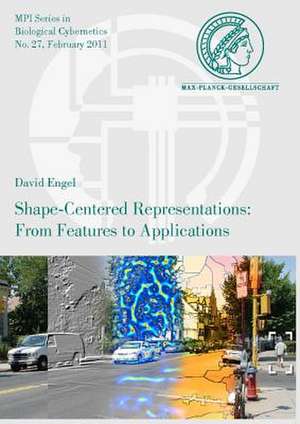Shape-Centered Representations: Mpi Series in Biological Cybernetics, cartea 27
en Limba Engleză Paperback
Preț: 470.95 lei
Preț vechi: 581.42 lei
-19% Nou
Puncte Express: 706
Preț estimativ în valută:
90.11€ • 94.10$ • 74.41£
90.11€ • 94.10$ • 74.41£
Indisponibil temporar
Doresc să fiu notificat când acest titlu va fi disponibil:
Se trimite...
Preluare comenzi: 021 569.72.76
Specificații
ISBN-13: 9783832528201
ISBN-10: 3832528202
Pagini: 191
Editura: Logos Verlag Berlin
Seria Mpi Series in Biological Cybernetics
ISBN-10: 3832528202
Pagini: 191
Editura: Logos Verlag Berlin
Seria Mpi Series in Biological Cybernetics















